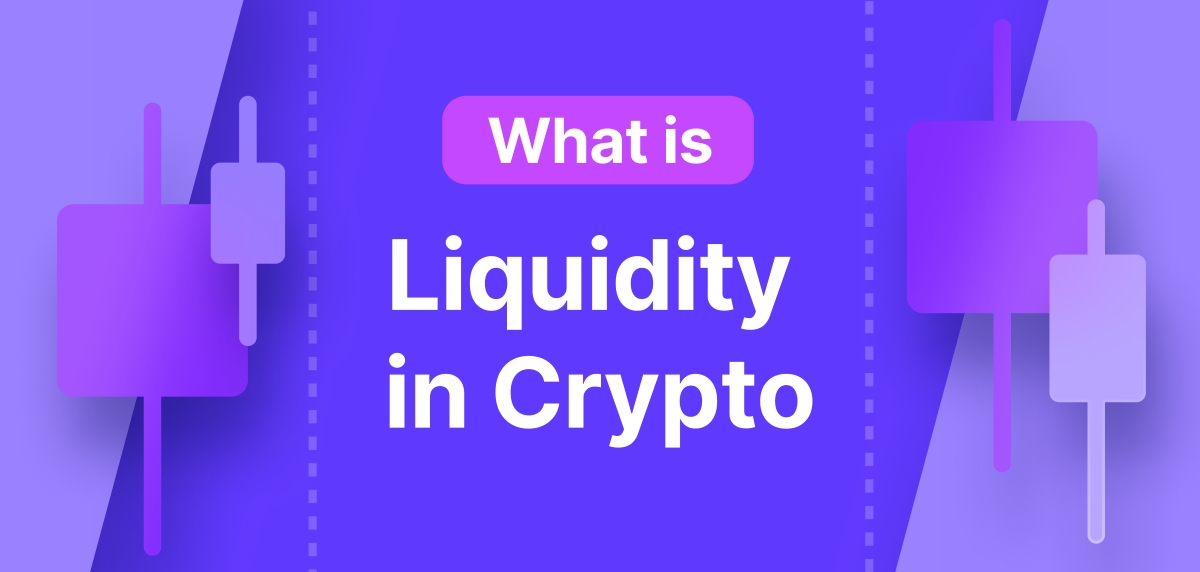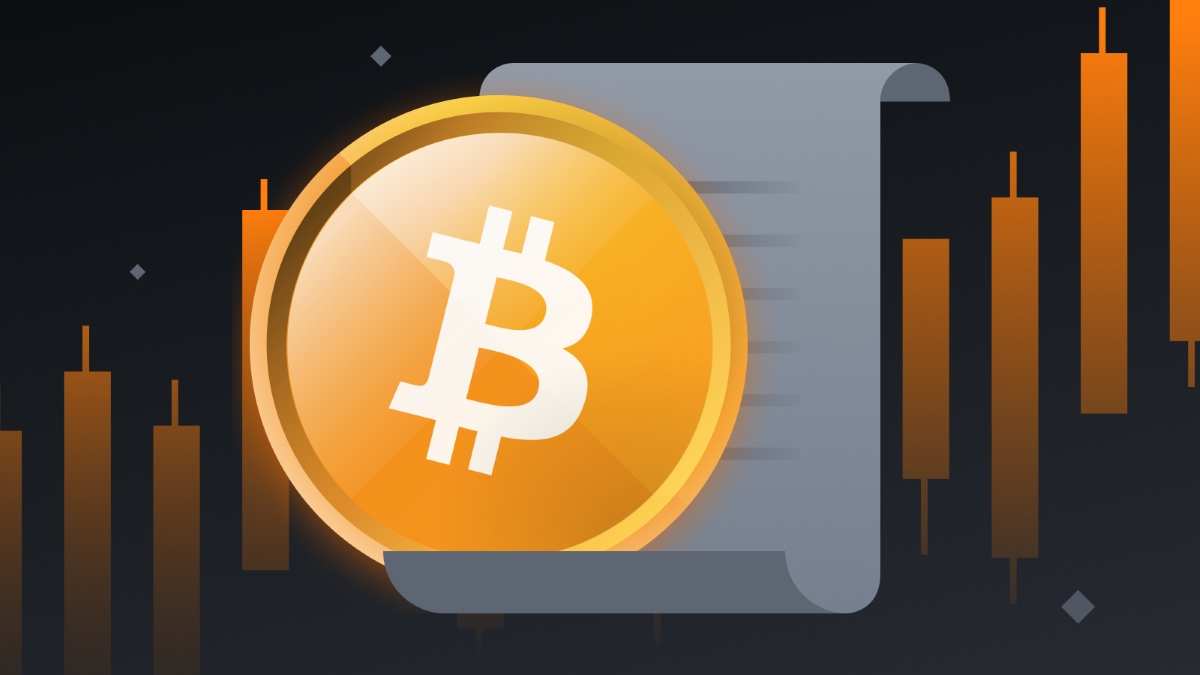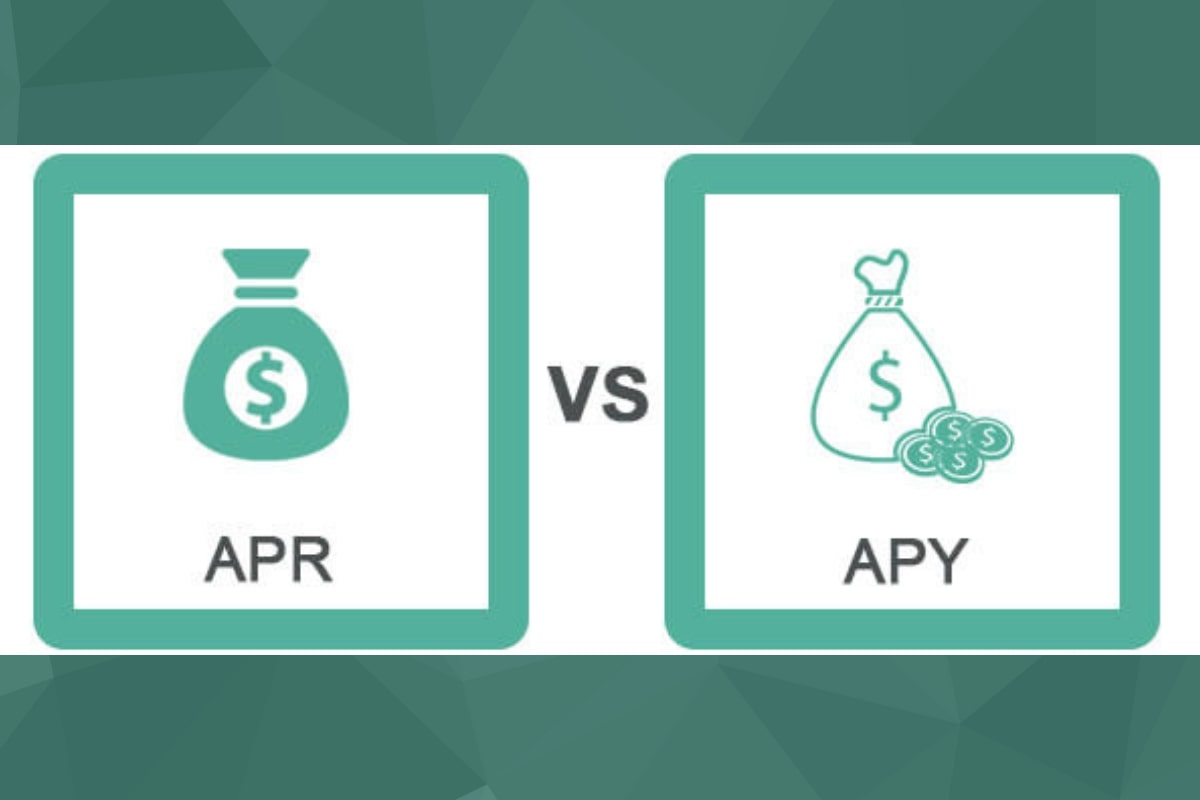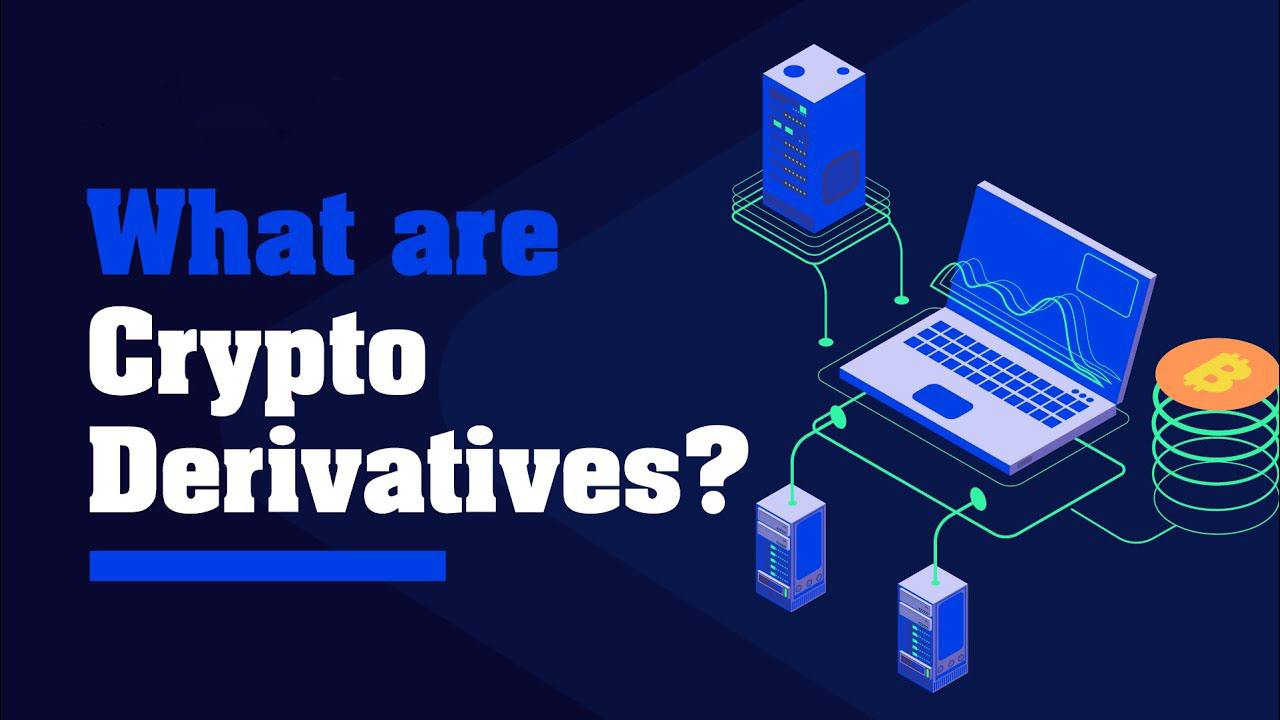

Finance
What Is A Liquidity Pool In Crypto?
Published: February 23, 2024
Discover the role of liquidity pools in crypto finance and how they facilitate trading and liquidity provision. Learn how they impact the DeFi ecosystem.
(Many of the links in this article redirect to a specific reviewed product. Your purchase of these products through affiliate links helps to generate commission for LiveWell, at no extra cost. Learn more)
Table of Contents
Introduction
Understanding Liquidity Pools in the Crypto Market
The world of cryptocurrency is constantly evolving, offering innovative ways for investors to participate in this burgeoning market. One such innovation that has gained significant traction is the concept of liquidity pools. These pools play a crucial role in decentralized finance (DeFi) by providing the liquidity necessary for various financial activities, such as trading, lending, and borrowing. Understanding the mechanics and significance of liquidity pools is essential for anyone looking to delve into the realm of crypto investments.
Liquidity pools are at the heart of decentralized exchanges (DEXs), which operate without a central authority, offering users a more democratic and transparent trading environment. Unlike traditional exchanges that rely on order books to match buyers and sellers, DEXs utilize liquidity pools to facilitate trading. These pools consist of funds supplied by users, which are then used to execute trades and generate returns for the liquidity providers.
As the cryptocurrency market continues to expand, liquidity pools have become a fundamental component of the DeFi ecosystem, enabling a wide range of financial activities while offering unique opportunities for investors and traders alike. This article aims to provide a comprehensive understanding of liquidity pools, exploring their inner workings, benefits, risks, and the key players involved in providing these essential financial resources. Whether you are a seasoned crypto enthusiast or a novice investor, grasping the concept of liquidity pools is crucial for navigating the dynamic landscape of decentralized finance.
Understanding Liquidity Pools
At its core, a liquidity pool is a smart contract protocol that contains a reserve of funds used to facilitate decentralized trading, lending, and other financial activities within the crypto market. These pools are integral to the operation of decentralized exchanges, providing the necessary liquidity to execute trades without relying on a centralized intermediary. In a traditional market setting, liquidity is typically provided by market makers or institutions, but in the DeFi space, liquidity pools are collectively funded by individual users, creating a decentralized and inclusive financial infrastructure.
When an investor contributes funds to a liquidity pool, they are issued tokens that represent their share of the pool. These tokens, often referred to as liquidity provider (LP) tokens, entitle the holders to a portion of the trading fees and other incentives generated by the pool’s activities. The value of these tokens fluctuates based on the performance of the pool and the overall trading volume within the associated decentralized exchange.
One of the defining characteristics of liquidity pools is their automated market-making (AMM) mechanism, which utilizes a predetermined algorithm to price assets and execute trades. This approach eliminates the need for order books and enables instantaneous transactions, improving the efficiency and accessibility of decentralized trading. Additionally, the continuous liquidity provided by these pools helps mitigate the issue of slippage, which can affect the execution price of trades in traditional exchanges with lower liquidity.
Understanding the dynamics of liquidity pools is essential for investors looking to participate in DeFi activities such as yield farming, where they can optimize their returns by strategically allocating funds to different pools based on potential rewards and risks. As the DeFi landscape continues to evolve, liquidity pools are likely to play an increasingly prominent role in reshaping the traditional financial infrastructure, offering new avenues for capital deployment and wealth generation within the crypto market.
How Liquidity Pools Work
Liquidity pools operate on the principles of supply and demand, harnessing the collective funds provided by users to enable seamless and decentralized trading. When a user contributes funds to a liquidity pool, they are essentially adding to the pool’s reserves, which in turn increases the overall liquidity available for trading. In return for their contribution, users receive LP tokens representing their share of the pool, allowing them to participate in the pool’s earnings and governance decisions.
These LP tokens are not only a representation of the user’s contribution but also serve as a form of tradable asset within the DeFi ecosystem. Users can utilize these tokens in various ways, including staking them in other protocols to earn additional rewards or providing them as collateral for borrowing other assets. This flexibility enhances the utility of LP tokens and provides users with opportunities to maximize their returns beyond the trading fees generated by the liquidity pool.
When a trade is initiated within a decentralized exchange utilizing a liquidity pool, the AMM algorithm calculates the price based on the ratio of assets in the pool. This automated pricing mechanism ensures that trades can be executed without the need for a counterparty, offering a seamless and efficient trading experience for users. As a trade occurs, the assets involved are swapped directly within the pool, with the trading fees distributed among the liquidity providers based on their proportional share of the pool.
It’s important to note that the composition of assets within a liquidity pool can impact its performance and risk profile. A well-balanced pool with a diverse range of assets can offer stability and consistent returns, while pools heavily skewed towards a single asset may be more susceptible to price fluctuations and impermanent loss. As such, users should carefully evaluate the composition and dynamics of a liquidity pool before deciding to contribute funds, taking into account factors such as trading volume, asset volatility, and potential rewards.
By understanding the inner workings of liquidity pools and the mechanisms that drive their functionality, investors and users can make informed decisions when participating in DeFi activities, leveraging the opportunities presented by these innovative financial instruments while managing associated risks.
Benefits and Risks of Liquidity Pools
Liquidity pools offer a range of benefits that have contributed to their widespread adoption within the DeFi ecosystem. One of the primary advantages is the opportunity for users to earn a passive income through their participation in these pools. By supplying liquidity to a pool, users can receive a portion of the trading fees generated by the decentralized exchange, effectively earning a return on their idle assets. This passive income stream can be particularly appealing to investors seeking alternative ways to grow their crypto holdings beyond traditional trading strategies.
Furthermore, liquidity pools enhance the efficiency and accessibility of decentralized trading by providing continuous liquidity and enabling instantaneous transactions. This contributes to a more seamless and inclusive trading experience, as users can execute trades without relying on external market makers or facing significant slippage issues commonly associated with low-liquidity environments.
However, it’s essential for participants to consider the risks associated with liquidity pools, notably the concept of impermanent loss. Impermanent loss occurs when the value of the assets held in the liquidity pool diverges from the value of the same assets held in the open market. This disparity can impact the overall value of the user’s holdings in the pool, potentially resulting in a reduction of their assets’ worth compared to simply holding them in a wallet.
Additionally, the volatility of certain assets within a liquidity pool can introduce risks related to potential price fluctuations and exposure to impermanent loss. Users should carefully assess the composition of the pool, the historical performance of the assets involved, and the potential impact of market volatility on their holdings before deciding to contribute funds to a liquidity pool.
Despite these risks, the benefits of participating in liquidity pools, including passive income generation and improved trading efficiency, have attracted a growing number of users to engage with DeFi protocols. As the DeFi landscape continues to evolve, it is imperative for participants to approach liquidity pools with a comprehensive understanding of the associated benefits and risks, empowering them to make informed decisions and optimize their engagement with these innovative financial instruments.
Liquidity Pool Providers
Within the DeFi ecosystem, several prominent platforms and protocols serve as liquidity pool providers, offering users the opportunity to contribute funds to various pools and participate in decentralized trading and lending activities. One of the most well-known liquidity pool providers is Uniswap, a decentralized exchange that pioneered the concept of automated market-making and introduced the use of liquidity pools to facilitate token swaps.
Uniswap’s user-friendly interface and extensive range of supported tokens have contributed to its widespread adoption, attracting a diverse community of liquidity providers and traders. The platform’s native token, UNI, plays a crucial role in governance and incentivizing liquidity provision, further engaging users in the platform’s ecosystem.
Another notable liquidity pool provider is SushiSwap, which emerged as a fork of Uniswap with additional features and governance mechanisms. SushiSwap offers a range of innovative pools and yield farming opportunities, incentivizing users to contribute liquidity through various reward mechanisms, including its native token, SUSHI.
Balancer is another prominent player in the liquidity provision space, offering flexible and customizable pools that allow for the creation of asset-weighted or stable pools with multiple tokens. This versatility has attracted a diverse range of liquidity providers, contributing to the platform’s vibrant ecosystem and the development of innovative DeFi strategies.
Curve Finance focuses on providing liquidity for stablecoin trading, offering low-slippage swaps and competitive yields for liquidity providers. The platform’s specialized approach to stablecoin liquidity has garnered significant attention from users seeking exposure to stable assets within the DeFi landscape.
Other platforms such as Bancor, 1inch, and PancakeSwap also serve as prominent liquidity pool providers, each offering unique features and incentives to engage users in providing liquidity for decentralized trading and lending activities.
These liquidity pool providers play a pivotal role in shaping the DeFi ecosystem, offering users diverse opportunities to participate in liquidity provision and yield generation. By contributing funds to these platforms’ liquidity pools, users can actively engage in decentralized trading while earning rewards and participating in the governance of these influential protocols.
Conclusion
As the decentralized finance (DeFi) landscape continues to expand, liquidity pools have emerged as a foundational element, revolutionizing the way users engage in decentralized trading, lending, and yield generation within the crypto market. These innovative financial instruments offer a host of benefits, including passive income generation, improved trading efficiency, and enhanced accessibility for users seeking to participate in the burgeoning DeFi ecosystem.
Despite the advantages presented by liquidity pools, it is crucial for participants to approach these platforms with a comprehensive understanding of the associated risks, including impermanent loss and exposure to asset volatility. By carefully evaluating the composition and dynamics of liquidity pools, users can make informed decisions and mitigate potential risks while optimizing their engagement with these essential DeFi protocols.
Key liquidity pool providers such as Uniswap, SushiSwap, Balancer, Curve Finance, and others continue to play a pivotal role in shaping the DeFi landscape, offering diverse opportunities for users to contribute liquidity, earn rewards, and actively participate in the governance of these influential platforms. The user-friendly interfaces, innovative pool structures, and incentivization mechanisms employed by these platforms have contributed to the widespread adoption of liquidity pools, attracting a vibrant community of liquidity providers and traders.
As the crypto market evolves and the DeFi ecosystem continues to mature, liquidity pools are poised to remain a cornerstone of decentralized finance, providing users with the infrastructure and opportunities to engage in a more inclusive, efficient, and democratized financial system. By staying informed about the developments and best practices within the DeFi space, users can harness the potential of liquidity pools to optimize their financial strategies and navigate the dynamic landscape of decentralized finance with confidence and foresight.














